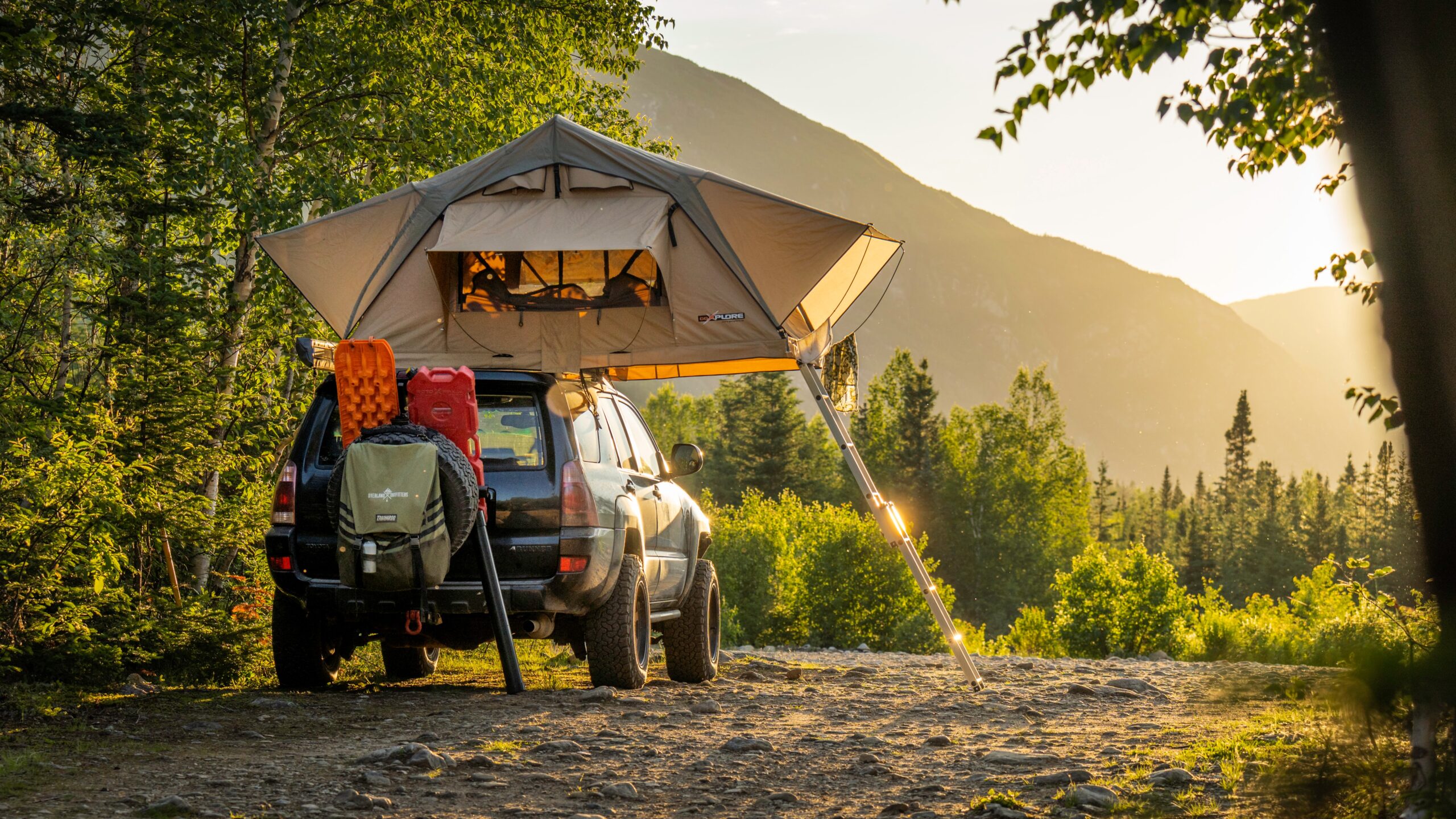
Roof-top-tent-buying-guide
A significant component of the Overlanding trend, that mixes camping, off-roading, and sightseeing, are rooftop tents and rooftop camping. Overlanding has actually been around for a long under many identities, much like rooftop tents, but as individuals want to become less tied down and more nomadic, overlanding has developed its own unique niche. The roof top tent can be a terrific alternative for people with some money to spend, whether they are hoping to travel the continent or just have a long weekend.
Sleeping rooms that attach to the top of your car are called roof top tents. Imagine a tent similar to one you may use when camping, but one that is elevated off the ground, stands atop your car, and has a designed mattress. You climb a ladder to get there.
Even though these tents are not cheap, those who will utilize them will undoubtedly find them to be worthwhile. The majority of roof-top tents weigh more than 100 pounds, therefore you must be certain that your rack can support their weight. To be sure that your rack is compatible with a roof-top tent, check the instruction booklet.
Advantages of Roof-Top Tent
It is designed for easy setup. You release a few straps once you’re in camp, bust it open, and set up the poles and ladder.
The floor, tent fabric, and pole materials are often particularly durable and storm-resistant. The majority have incredibly soft foam mattresses.
Anywhere—a campsite, a parking area, a lonely gravel road—set things up. keeps the ground of your tent free of rocks, sticks, and runoff from the rain.
Disadvantages of Roof-Top Tent
Somewhat more expensive than a tents for camping.
Additionally, you must determine whether you want to go to the hassle of taking it with you between hiking trips. You cannot leave it in place while leaving your long-term camp in your vehicle.





